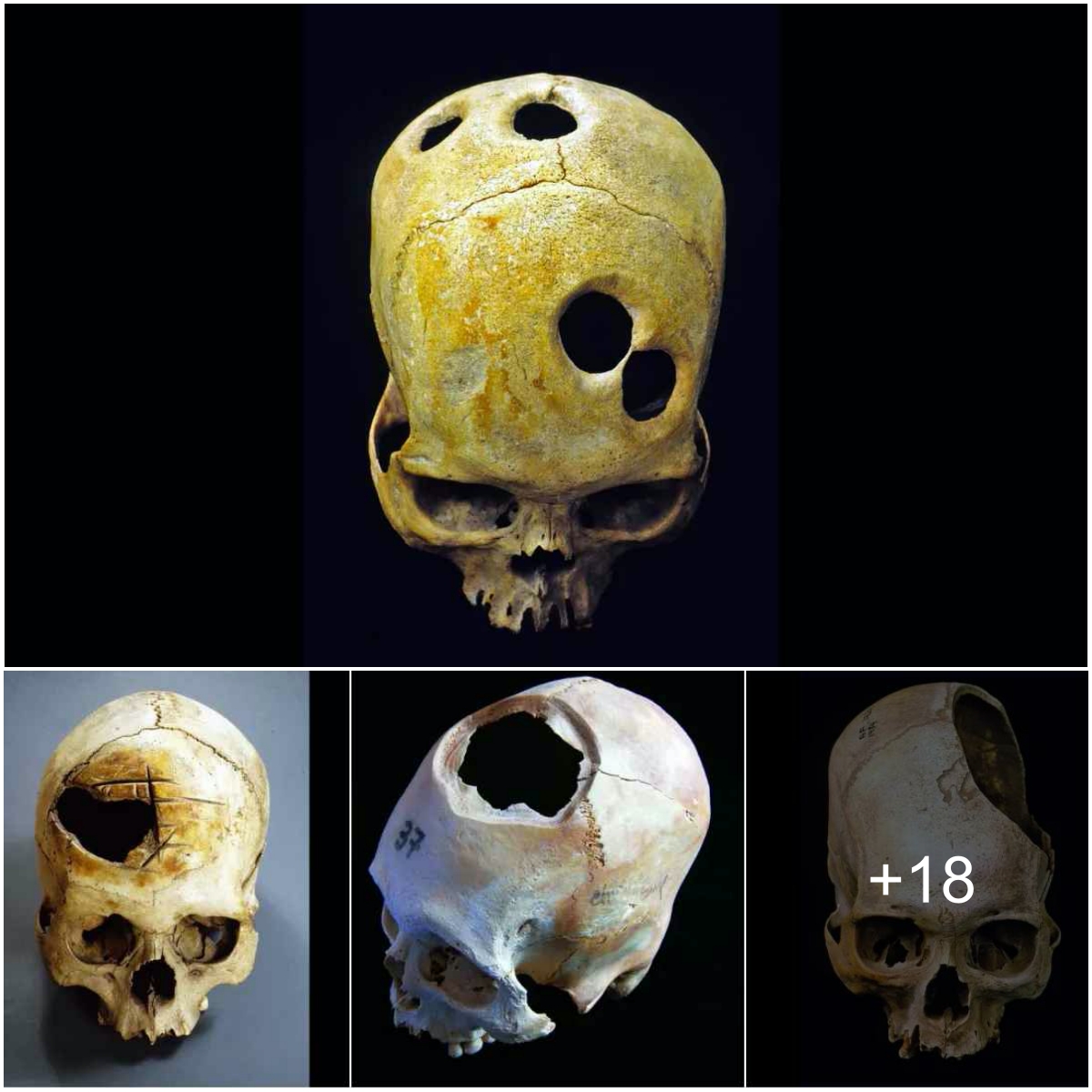The search for gold has been an ongoing quest for centuries. Many people have traveled far and wide in search of the precious metal. Gold mining can be a challenging endeavor, and prospectors have to overcome numerous obstacles to find their treasure. One of the most significant challenges is water. Rainfall can cause streams and rivers to flood, which can wash away gold deposits. However, experienced gold miners know that heavy rains can also expose new deposits and make it easier to find gold.

After a big rain, gold miners will often head out to search for new deposits in dry riverbeds. These riverbeds, also known as “dry washes,” are areas where water flows during the rainy season but are dry for the rest of the year. The heavy flow of water during a storm can wash away the top layer of dirt and rocks, revealing gold deposits underneath.

Gold miners use a variety of tools to extract gold from dry riverbeds. One common tool is a drywasher, which uses air to separate gold from the surrounding material. Another popular tool is a gold pan, which is used to scoop up material from the riverbed and then separate the gold using water.

Gold mining is not an easy task, and it requires a lot of patience and persistence. A gold miner must be willing to put in the time and effort to search for new deposits. They must also be able to read the landscape and understand where gold is most likely to be found.

In conclusion, heavy rains can both hinder and help the search for gold. While it may wash away deposits, it can also expose new ones in dry riverbeds. Experienced gold miners understand the importance of timing and know when to head out in search of new deposits. With the right tools, knowledge, and perseverance, they can strike gold even after a big rain.





